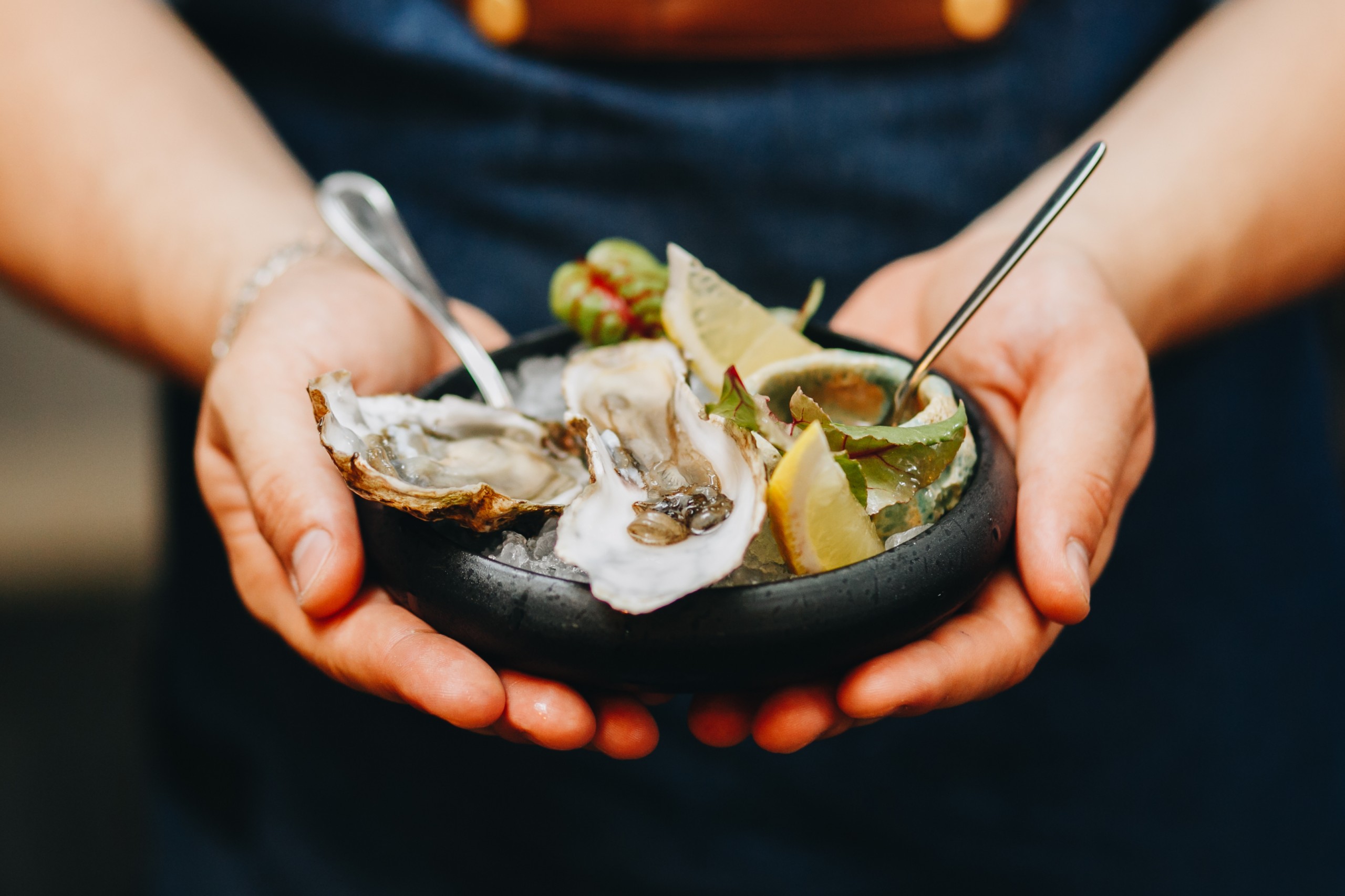Discovering that perfect flavor combination is one of life’s greatest pleasures, and for many sommeliers, it’s both a way of life and an integral part of their profession. Katja Scharnagl is Chief Sommelier at the Michelin 3-star seafood restaurant Le Bernardin in Manhattan. In her role, Scharnagl is responsible for the day-to-day operation of the wine department, which includes taking inventory, placing orders, assisting with events, working on the floor to handle guests’ needs, and finding the best possible pairings for Chef Eric Ripert’s cuisine.
“For the pairings at the restaurant, I look at the ingredients, the preparation, and where the dish is in the menu—we want to have a progression of wines: Is it for an appetizer or the main course? For example, if you start with a soup and pair something rich yet acidic like Madeira with it, where do you go from there? What is the next step? Are you going back to white wine or red wine? So the flow of the meal impacts your pairings as well,” she explains.
“We taste a wide range of wines with a dish and narrow it down to the top three. After that, we confirm with vendors if and how much we can get. Then the wine goes on the menu.”
While we’re doing a lot of legwork for you at PairCraft by creating a database of wines to pair with our dishes, there are several things to keep in mind on your end to ensure the best food and wine pairing experience. Scharnagl shared a few insights on how to do it.

